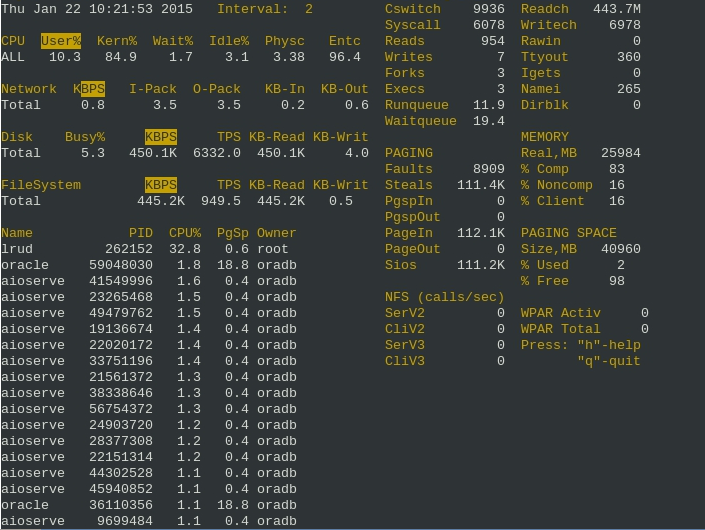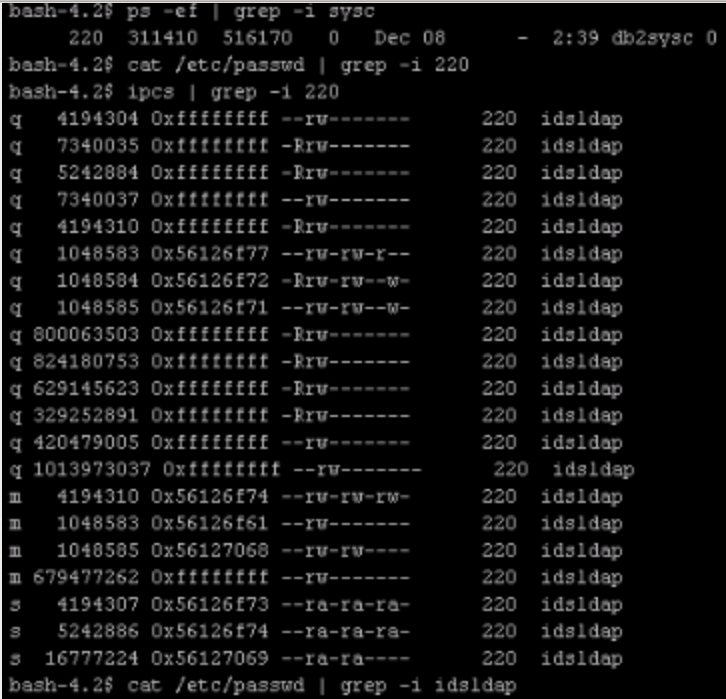ORA-14126 - While splitting max value partition
Oracle version -- Oracle 9i to 11g While splitting partitions, SQL> alter TABLE ARBOR.CDR_BILLED split PARTITION CDR_BILLED_MAXVALUE at (TO_DATE('2014-09-01 00:00:00', 'SYYYY-MM-DD HH24:MI:SS', 'NLS_CALENDAR=GREGORIAN')) into (partition CDR_BILLED_01SEP14,partition CDR_BILLED_MAXVALUE) TABLESPACE "C01_CDR_BILL" update global indexes; 2 into (partition CDR_BILLED_01SEP14,partition CDR_BILLED_MAXVALUE) TABLESPACE "C01_CDR_BILL" update global indexes * ERROR at line 2: ORA-14126: only a <parallel clause> may follow description(s) of resulting partitions 4:58:56 PM The reason for above error is while splitting max value partition, it is not allowed to explicitly provide a tablespace. The splitted partition will be reside on the same tablespace as the max value partitions. Below can be used without the tablespace clause to split the max value partition, alter TABLE ARBOR.CDR_BILLED split PARTITION CDR_BILLED_



